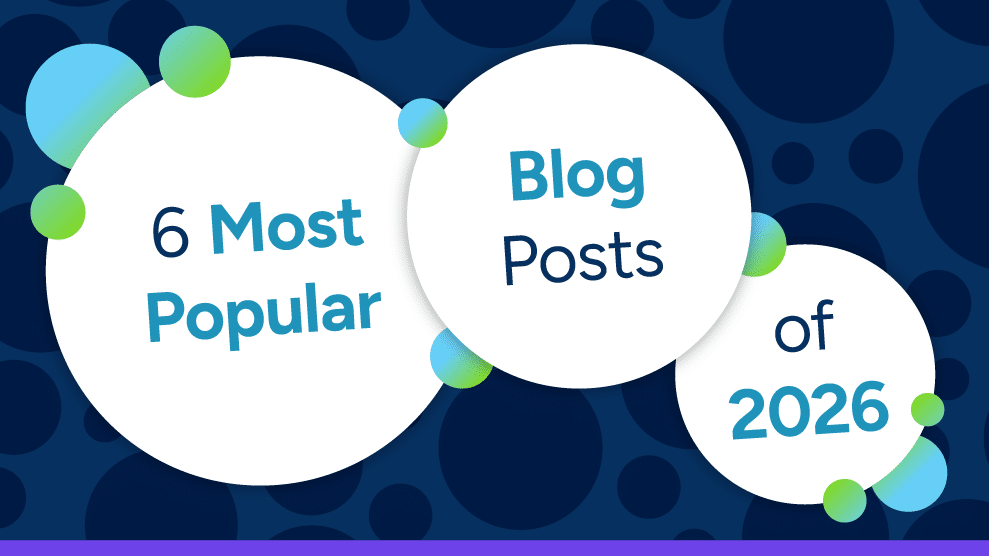
6 Most-Popular Blog Posts of 2025
Ethics and Compliance


Everybody has biases that can influence decisions and interactions in subtle yet impactful ways. Often, we don’t recognize our own unconscious biases, but it’s likely we have personally experienced bias at work.

Everybody has biases that can influence decisions and interactions in subtle yet impactful ways. Often, we don’t recognize our own unconscious biases, but it’s likely we have personally experienced bias at work.
“The Invisible Voice”
In team meetings, you share innovative ideas and insights, only to have them brushed aside or attributed to someone else moments later. It’s frustrating to witness your contributions being overlooked while similar suggestions from colleagues are embraced. Despite having the same qualifications and experience, it feels like your voice carries less weight because of your identity.
“The Assumed Role”
On team projects, you notice that certain tasks or responsibilities are automatically assigned to you based on preconceived notions about your background. Despite your expertise in other areas, you are consistently pigeonholed into roles that align with stereotypes about your identity. It’s limiting your professional growth and perpetuating assumptions about what you’re capable of achieving.
To combat unconscious bias, companies should invest in training, but what questions should such training aim to answer for employees? Here are essential questions that unconscious bias training should address to help individuals recognize and challenge biases at work.
Biases are sneaky, creeping into our minds through a variety of channels ─ our upbringing, media, personal experiences and societal stereotypes. They develop unconsciously over time, without us even noticing, and are mental shortcuts our brains take when making decisions or judgements.
Picture this: you’re in a meeting, discussing potential candidates for a new role. Suddenly, a familiar bias whispers in your ear, nudging you to favor someone who reminds you of yourself or fits a stereotype. Biases don’t just sit idly by. They actively shape our workplace choices, including hiring practices, performance evaluations, promotion decisions and everyday interactions among colleagues. Understanding how biases affect the workplace is an essential step towards mitigating their effects and promoting fairness.
There are several types of biases that can pop up in the workplace, including:
Unconscious bias and microaggressions are best buddies. Microaggressions, which are subtle, often unintentional actions or comments to individuals that undermine feelings of inclusion and belonging among affected individuals, are tiny but mighty manifestations of unconscious bias.
Addressing biases by proactively taking steps to counteract them is like decluttering your mental workspace ─ clearing out the biases to make room for fairness and inclusivity. Here are some ways to do that:
Overcoming unconscious bias is an ongoing process that requires commitment, awareness, and continuous improvement. Traliant’s Unconscious Bias training versions for employees and managers challenges learners to explore the nuances of unconscious bias, how our own biases can impact their judgments and decisions about others at work, and ways they can effectively mitigate its effects.
